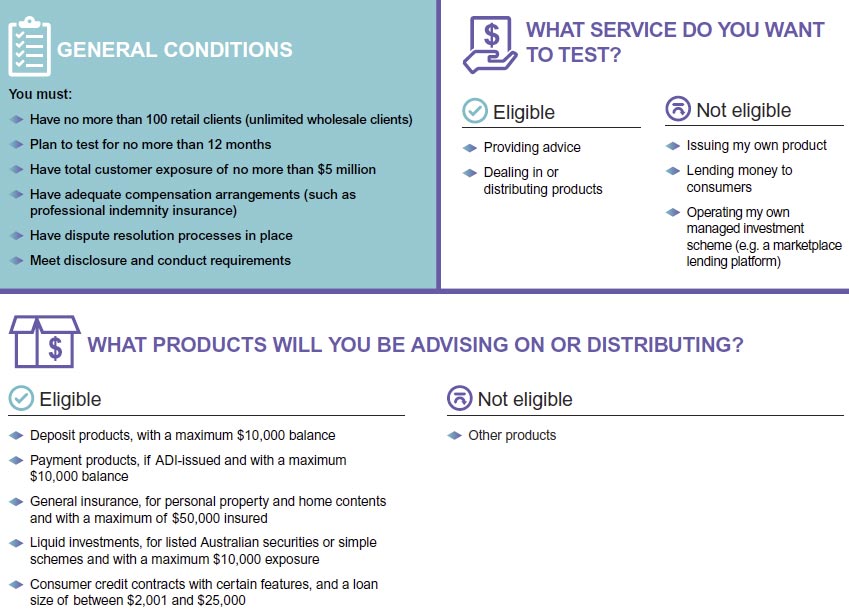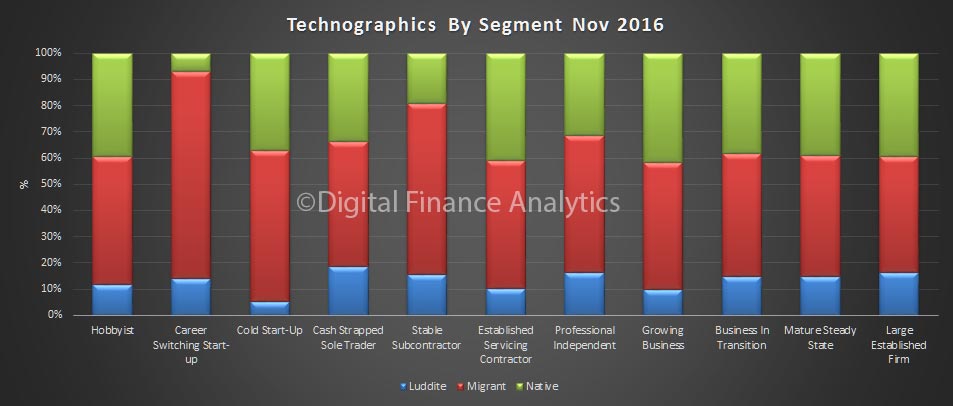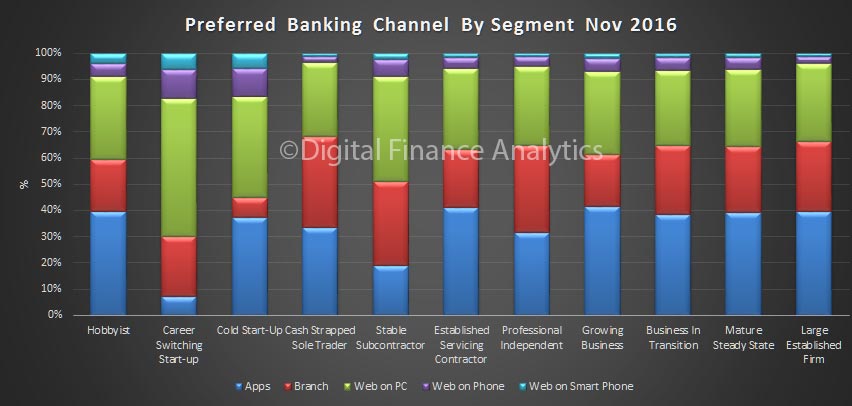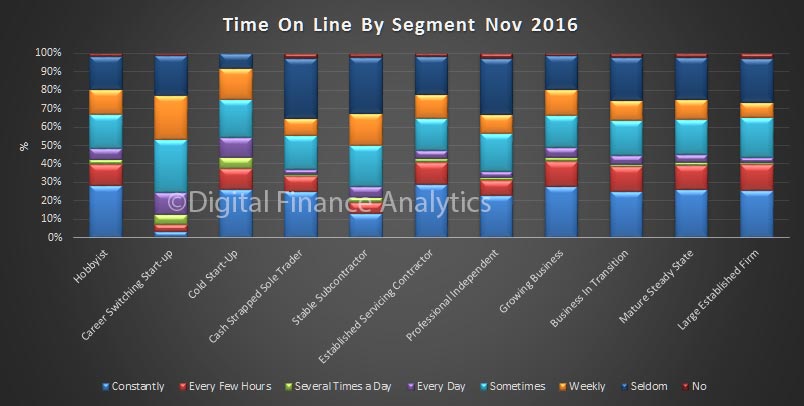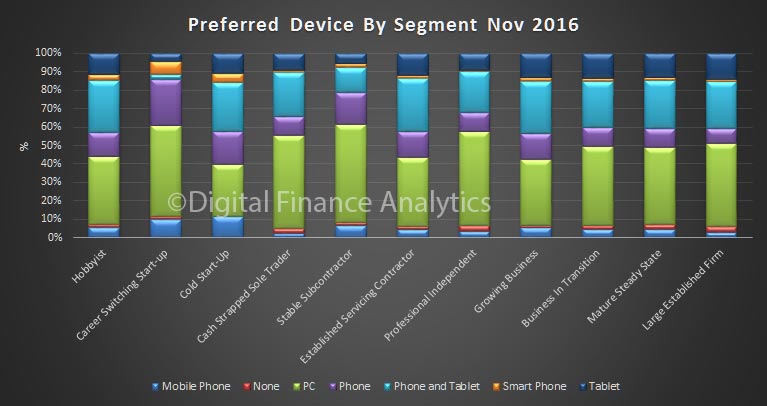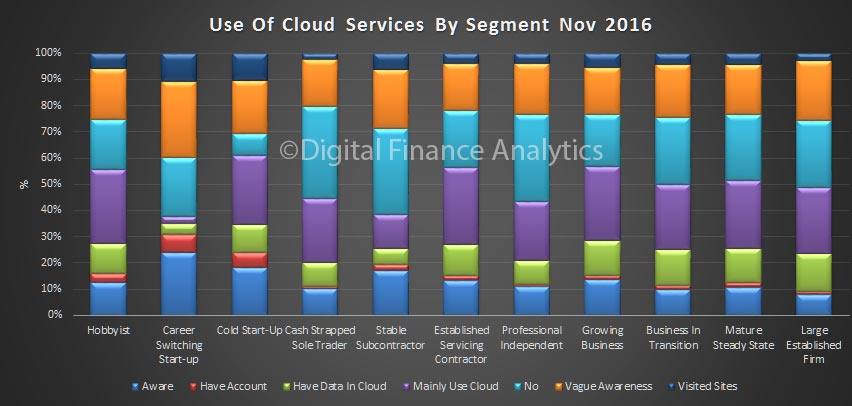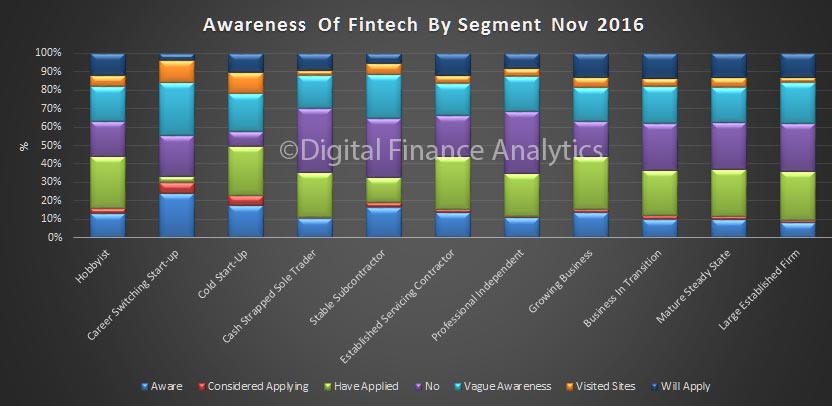- We have unprecedented mobility. The smartphone is becoming our bank. People can consume financial services on the go.
- We have unprecedented connectivity. The Internet has compressed time and space. Interaction is real-time and unconstrained by physical boundaries.
- We have unprecedented computing power. The devices in our hands or on our wrists are literally pokemons – pocket-sized monsters that pack more data and more processing power than super computers just a couple of decades ago.
Digital payments are becoming more widespread, propelled by advances in near-field communications, identity authentication, digital IDs, and biometrics.
Blockchains or distributed ledgers are being tested for a wide variety of financial operations, to make them faster, more robust, more efficient:
- to settle interbank payments;
- to verify and reconcile trade finance invoices;
- to execute, enforce, and verify the performance of contracts;
- to keep an audit trail and deter money laundering.
Perhaps the biggest potential is in what is called Big Data. We are beginning to aggregate and analyse large data sets to:
- gain richer insights into customer behaviour and needs;
- detect fraud or anomalies in financial transactions;
- sharpen surveillance of market trends and emerging risks.
Big data is in turn being driven by advances in:
- sensor networks and natural language processing to gather information from a wide universe of sources;
- cloud technologies to store and retrieve large volumes of information at low cost and on-demand;
- learning machines and smart algorithms that can continuously adapt and improve on their decision making with every iteration.
Smart Financial Centre Vision
Be it countries, businesses, or people – those who are alert to technology trends, understand their implications, and harness their potential will gain a competitive edge.
- To be sure, many of these technologies are disruptive to existing jobs and existing business models.
- But if we do not disrupt ourselves – in a manner we choose – somebody else will – in a manner we will not like.
Last year, MAS laid out a vision for a Smart Financial Centre, where innovation is pervasive and technology is used widely.
Since then, MAS has been working closely with the financial industry, FinTech start-ups, the institutes of higher learning and other stakeholders towards this shared vision. MAS’ role in supporting this FinTech journey is two-fold:
- provide regulation conducive to innovation while fostering safety and security; and
- facilitate infrastructure for an innovation ecosystem and adoption of new technologies.
REGULATION Conducive to Innovation
Let me start with a couple of general principles underlying our approach to FinTech regulation.
First, we believe regulation must not front-run innovation.
- Introducing regulation prematurely may stifle innovation and potentially derail the adoption of useful technology.
- But the regulator must run alongside innovation.
- It is important to keep pace with what is going on, assess what the risks might be, and continually evaluate whether it is necessary to regulate or leave things to evolve further.
Second, we apply a materiality and proportionality test.
- This means regulation comes in only when the risk posed by the new technology becomes material or crosses a threshold.
- And the weight of regulation must be proportionate to the risk posed.
Third, we focus on the balance of risks posed by new technologies or solutions.
- Many technologies mitigate existing risks but may create new ones.
- The regulatory approach must seek to incentivise the risk mitigation aspects while restraining the new risks.
Let me illustrate our approach to the regulation of FinTech with a few concrete initiatives:
- Activity-based regulation to keep pace with payments innovations.
- Specific guidelines to promote secure cloud computing.
- Enabling digital financial advice and insurance.
- A regulatory sandbox to test innovative ideas.
- Strengthening cyber security.
Activity-Based Regulation for Payments
Some of the most visible FinTech innovations are taking place in the payments space.
- They are making payments cheaper, faster, better – delighting consumers and giving the banks a run for their money.
- But many of these e-wallet solutions are currently caught under two separate pieces of regulation in Singapore.
MAS will streamline the licensing of payments services under a single, activity-based modular framework. This means:
- holding just one licence to conduct different kinds of payment activities;
- meeting only those regulations pertinent to the specific payments activities they undertake, rather than the full gamut of payments regulations;
- adhering to common standards for consumer protection and cyber security.
Guidelines to Promote Secure Cloud Computing
There used to be a view within some quarters that “MAS does not like the cloud“. Lest there be any lingering doubt, let me reiterate: MAS has no objections to FIs using the cloud.
- Cloud computing provides economies of scale, enhances operational efficiencies, and delivers potential cost savings.
- In fact, a secure cloud infrastructure is an enabler for a variety of FinTech innovations, including banking-as-a-service (BaaS) platforms.
To put its money where its mouth is, MAS set out earlier this year specific guidelines on the use of cloud services by FIs.
- FIs are free to adopt private clouds, public clouds, or a combination of these to create hybrid clouds.
- But some of the distinguishing features of clouds – such as multi-tenancy, data commingling, and processing in multiple locations – can potentially pose issues for data confidentiality and recoverability.
- And so we expect FIs to conduct the necessary due diligence and apply sound governance and risk management practices to address potential vulnerabilities.
Enabling Digital Financial Advice and Insurance
The digital offering of financial advice and insurance is becoming more popular, catering to the needs of a growing segment of technology-savvy, self-directed consumers.
- MAS’ regulatory framework for financial advice is technology-agnostic.
- But we need to update it to make it easier for consumers to benefit from the lower cost and greater choice that digital advice and insurance can potentially provide.
- While at the same time ensuring adequate safeguards for these consumers.
Automated, algorithm-based digital advice on financial or investment services by robo-advisers has taken off in the United States and will soon reach our shores.
- MAS will soon set out proposals on the governance, supervision, and management of algorithms for robo-advisers to ensure integrity and robustness in the delivery of financial advice.
- We will consult the industry before finalising the guidance.
In insurance, MAS already allows insurers to offer online without advice simple term life and direct purchase policies with broadly standardised features.
- MAS will now allow insurers to offer the full suite of life insurance products online without advice.
- MAS will be issuing guidance on the safeguards to be put in place for online distribution of life insurance products.
Regulatory Sandbox to Test Innovative Ideas
In June this year, MAS launched a regulatory sandbox for financial institutions as well as new FinTech players to test their innovations. The sandbox serves two purposes:
- First, it allows experiments to take place, even where it is not possible at the outset to anticipate every risk or meet every regulatory requirement.
- Second, it provides an environment where if an experiment fails, it fails safely and cheaply within controlled boundaries, without widespread adverse consequences.
How will the sandbox work?
- MAS and the applicant will jointly define the boundaries within which the experiment will take place.
- MAS will then determine the specific legal and regulatory requirements which it is prepared to relax for the duration of the experiment within these boundaries.
We have received several sandbox applications since June, from FIs and FinTech players.
- The proposals leverage a range of technologies including distributed ledgers, machine learning, and big data analytics.
- MAS is reviewing the applications and looks forward to having some of these proposals launched in the sandbox soon.
Meanwhile, we will be issuing today our finalised regulatory sandbox guidelines, incorporating feedback from the industry and road-tested against the actual sandbox applications we have received.
Strengthening Cyber Security
A smart financial centre must be a safe financial centre.
- As more financial services are delivered over the Internet, there will be growing security and privacy concerns from cyber threats.
- Users will have confidence in new technologies and innovative services only to the extent they have confidence in cyber security.
Strengthening cyber security is therefore an important part of Singapore’s FinTech agenda. MAS works closely with other government agencies and the industry to help ensure cyber-defences are robust.
- Given the interconnectedness of financial activities and systems, an effective cyber defence strategy requires close co-operation and sharing of cyber intelligence.
- A good model for such co-operation among banks in the US is the Financial Services – Information Sharing and Analysis Centre, or FS-ISAC.
- It is the global financial industry’s go-to resource for cyber threat intelligence analysis and sharing.
I am pleased to announce that FS-ISAC will set up in Singapore the industry body’s only cyber intelligence centre in the Asia-Pacific region.
- This centre will help our financial industry better monitor cyber threats and provide better intelligence support.
- It will also help deepen the capabilities of the cyber security community here.
INFRASTRUCTURE for an Innovation Ecosystem
The second key thrust of Singapore’s FinTech agenda is to facilitate the infrastructure necessary for an innovation ecosystem and the adoption of new technologies.
- We need an ecosystem where people can connect and collaborate, and ideas can flow and multiply.
- We need common standards and inter-operable systems so that innovations can be scaled up quickly and their potential benefits fully realised.
- W want a hundred flowers of innovation to bloom but also want to ensure they make a garden.
To facilitate such an ecosystem, MAS started with itself:
- Last year, we formed within MAS a new FinTech & Innovation Group under a Chief FinTech Officer – probably the first regulator in the world to do so. The Group’s task is to work with the financial industry and FinTech players and help foster a conducive ecosystem for innovation.
- MAS has committed S$225 million (or US$160 million) over five years to support the development of a vibrant FinTech ecosystem.
- Earlier this year, MAS and the National Research Foundation (NRF) set up a FinTech Office to provide a one-stop point-of-contact for all FinTech matters.- If you are a FinTech company interested in finding out what are the grants and assistance schemes available in Singapore or connecting with relevant government agencies to expedite approvals – this is the Office to go to.
Creating the infrastructure for an innovation ecosystem is a shared responsibility and joint effort. MAS plays the role of a facilitator, the real work is done by the financial industry and the FinTech community coming together to collaborate and create.
Let me highlight the exciting infrastructure initiatives underway:
- Physical spaces for collaboration and experimentation.
- Infrastructure for electronic payments.
- A national “know-your-customer” utility.
- A blockchain infrastructure for cross-border inter-bank payments.
- An open API architecture.
Physical Spaces for Collaboration and Experimentation
A basic element of the FinTech infrastructure is having physical spaces that facilitate collaboration and partnerships among different players.
Just last week, we saw the launch of LATTICE80, Singapore’s first FinTech innovation village.
- LATTICE80 offers dedicated physical space in the heart of Singapore financial district for FinTech start-ups to work, connect, and co-create with the financial industry and VC investors.
More than 20 global FIs have set up innovation centres here. You would have seen during the Innovation Lab Crawl earlier this week some of the exciting things they are experimenting with:
- digital health solutions tapping on wearable devices;
- telematics for motor insurance;
- blockchains to streamline payments;
- big data to produce customised service offerings.
MAS itself has set up an innovation lab – called Looking Glass. It aims to:
- spur collaboration among MAS, FIs, start-ups, and technologists; and
- facilitate consultations for start-ups by industry experts on legal, regulatory, and business-related matters.
Infrastructure for Electronic Payments: UPOS, CAS
We have a world-class infrastructure for electronic payments.
- It is a 24/7, real-time inter-bank fund transfer system.
- We call it FAST; short for Fast and Secure Transfers.
- But FAST is grossly under-utilised and Singapore is still heavily dependent on cash and cheques as means of payments.
The Association of Banks in Singapore is working on two key initiatives to make electronic payments seamless and convenient for everyone.
- First, a Central Addressing Scheme (CAS) that will allow you to pay anyone using that person’s mobile number, national ID number, email address, or any other social media address, without the need to know the recipient’s bank or bank account number.
- Second, a Unified Point-of-Sale (UPOS) terminal that will allow a merchant to accept all major card brands, including those that are contactless or embedded in smartphones.
A National KYC Utility
Knowing the identity of a customer – or KYC – is one of the biggest pain points in the financial industry.
- The process is costly and laborious, and hugely duplicative.
- The pain is pervasive because KYC and identity authentication are involved in so many financial services, from opening a bank account to making a payment to making an insurance claim.
- We need an infrastructure solution to this problem.
Singapore is in the process of creating a national KYC utility.
- Now, obviously this involves several layers of identity verification depending on the purpose of the transaction, the extent of information involved, and the degree of rigour required.
The basic building block is the MyInfo service, jointly developed by the Ministry of Finance and GovTech, the lead agency for digital and data strategy in Singapore.
- MyInfo is a personal data platform, containing government-verified personal details, e.g. the national ID number, residential address, and so on.
- MyInfo enables residents to provide their personal data just once to the government, and retrieve their personal details for all subsequent online transactions with the government.
MAS is partnering MOF and GovTech to embark on a pilot that will expand the MyInfo service to the financial industry for more efficient KYC using trusted government collected personal data.
- No more tedious form-filling and providing hardcopy documents for manual verification by the FI.
- No more data entry errors. Higher productivity for the FI and greater convenience for customers.
- The government will run a MyInfo pilot with two banks in Q1 2017, before scaling it up to other FIs progressively.· And beyond MyInfo, we have to think of more advanced forms of KYC for more sophisticated use cases.
A Blockchain Infrastructure for Cross-Border Interbank Payments
Another big pain point is cross-border interbank payments.
- Today, banks have to go through correspondent banks to intermediate these payments. It takes time and adds to cost.
MAS, the Singapore Exchange, and eight banks have embarked on a proof-of-concept project to use blockchain technology for inter-bank payments, including cross-border transactions in foreign currency.
- This effort is supported by the R3 blockchain research lab and BCS Information Systems
Under the pilot system, banks will deposit cash as collateral with the MAS in exchange for MAS-issued digital currency. The banks can later redeem the digital currency for cash.
- Participating banks can pay each other directly with this digital currency instead of first sending payment instructions through MAS.
- This is an improvement over current large-value payment systems that are centrally operated. It strengthens resilience and lowers cost.
The banks also have the option of using the existing common payments gateway provided by BCS Information Systems to transact on the blockchain.
- The banks need not rewrite their back-end systems.
- This practical capability rides on the advances made by OCBC Bank in its recently announced inter-bank payments pilot.
This project marks the first step in MAS’ exploration of ways to harness the potential of central bank issued digital currency.
- The next phase of the project will involve transactions in foreign currency, possibly with the support of another central bank.
An Open API Architecture
And saving the best for the end: creating an API economy.
- APIs, or Application Programming Interfaces, are likely to be one of the most important building blocks for innovation in the future economy.
APIs are basically a set of protocols that define how one system or application interacts with another, usually from the perspective of information exchange.
- They allow systems to interact with one another without the need for human intervention.
- Publishing these APIs allows FIs to collaborate with external users to:- seamlessly merge multiple data sets from different sources into an integrated rich data set; and- deliver more functional and customised solutions faster and cheaper.
MAS aims to establish Singapore as a centre of excellence for APIs on financial services.
- We are actively pushing FIs to develop and adopt APIs, and to offer as many of them as possible to the broader community.
- APIs are the essential ‘plumbing’ – the pipes – that enable the connections and collaborations that foster innovation.
The financial industry has come together, in partnership with MAS and the Association of Banks in Singapore, to develop guidance on APIs.
- I am pleased to announce that we will publish today what we call the “Finance-as-a-Service API Playbook”.
The API Playbook provides guidance on common and useful APIs that FIs could make available. For instance:
- Many of us struggle today to track and use our rewards points on our credit cards issued by various banks before they expire.
- Imagine if the banks publish their ‘rewards points’ suite of APIs, a single aggregator app could be developed that allows us to enquire and redeem points directly with merchants and service providers.
The Playbook also provides guidance for the standardisation of APIs.
- The industry has come up with standards for information security, data exchange, and governance mechanisms.
- Having common standards will help promote greater data sharing and interoperability.
The API Playbook is an important milestone in our FinTech journey.
- Some of our FIs are announcing their API initiatives over the course of this week. So watch this space.
- Not to be outdone, MAS published last week 12 APIs for its most heavily used data sets. We will progressively expand the list.
Conclusion
Let me conclude by saying a few words about the larger picture behind what we are trying to do in FinTech.
We talk a lot about technology but it is really about fostering a culture of innovation.
- In an industry facing the headwinds of lower economic growth and heavier regulatory burdens, innovation must be the way to refresh and re-energise the business model.
- And innovation is not always about high-tech. It is about seeking newer and better ways to do things, about a spirit of enterprise. It is about hope in the future. The financial industry needs that.
And let us not forget the purpose of innovation. We want to create a Smart Financial Centre:
- because we want to increase efficiency – to do things cheaper, better, faster;
- because we want to manage our risks better – to keep our system safe and sound;
- because we want to create new opportunities – to generate growth and good jobs;
- and most of all, because we want to improve people’s lives – to provide them better services, to help them realise their goals.
Innovative finance must be purposeful finance.




